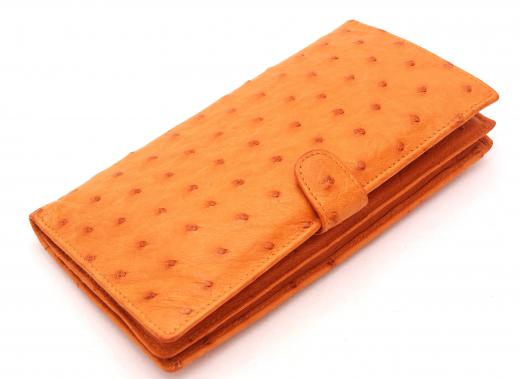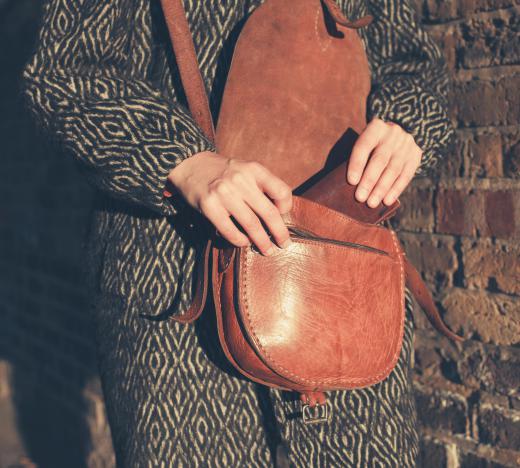Leather engraving can be used to transform relatively plain leather item into something that is personalized and visually attractive. Over the years, this type of engraving has normally been managed with the use of relatively simple leather engraving tools that allowed careful attention to detail, but required some time to create the ideal design. While this manual approach is still very popular, many engravers now make use of modern technology, using lasers to manage the process.
The traditional approach to leather engraving involved the use of hand tools to create and execute the ideal design. There are several tools of this type that would be found in an engraving kit, with those tools often being used for engraving metal and other materials as well as leather. Bevelers are tools that are somewhat shaped like a wedge and is helpful in the early stages of shaping the design. Backgrounders, as the name implies, aid in working with the background area of the leather in the design, making the other sections stand out more. This in turn gives the finished engraving additional visual appeal as well as adding texture. Stamps can be used as the pattern for the engraving, making it easier to stay on track with the design and not accidentally make a cut into the leather that ruins the piece.

Along with the hand tools used in leather engraving, the use of lasers to create the design is also common today, especially when a business is mass-producing leather products sporting the same design. Using a concentrated laser, it is possible to actually burn into the body of the leather, creating a result that is not unlike the branding of livestock using a hot brand. The concentration of the laser beam makes it easier to control the movement of the burning. In many cases, a template of some type is used to keep the progression of the laser on track. Laser engraving may also be computer-driven, as in an assembly line process, or in the form of hand lasers used by artists to create the desired design by hand.

With all types of leather engraving, the idea is to create a permanent design on the leather surface. Engraving is done with wallets, leather portfolio cases, purses and even belts. There are also examples of this type of engraving with vests and jackets. Many engravers will work with clients to develop a specific design for the engraving, while others will offer a selection of stock patterns that customers can choose from.

